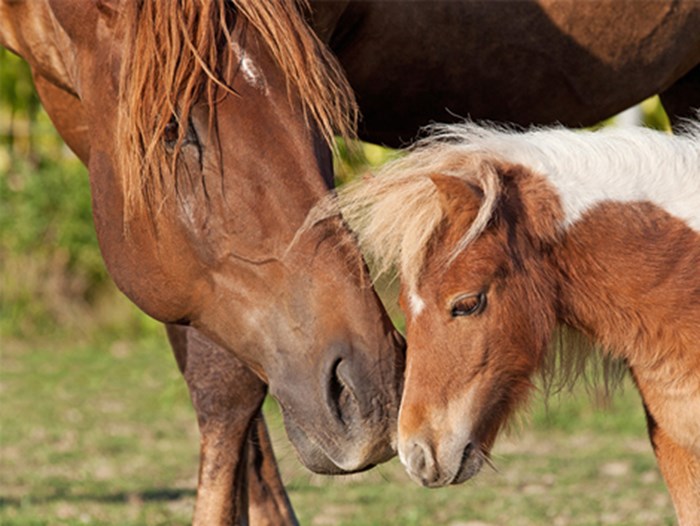Large strongyle larval culturing

The threat of large redworm, Strongylus (spp.) infection is on the rise in UK horses. Current testing practices rely heavily on worm egg counts, which are invaluable for assessing cyathostomin (small redworm) egg excretion, but they can’t distinguish between small and large strongyle eggs, which look identical under the microscope. This hasn’t been an issue while large strongyles remained such a rare possibility, but its potential resurgence changes that picture. Westgate Labs now offers large strongyle larval culture testing for all equines, for individual or composite samples (up to four horses), with a turnaround time of two weeks.
Annual screening is especially recommended for:
- Studs and breeding operations with youngstock
- Competition and sales yards with frequent international movement
- Properties with high stocking density or recent horse introductions
- Horses on minimal or selective worming schedules

Large Strongyle larvae culturing in the lab
When to Test for Large Redworm
For routine monitoring, larval culture is a cost-effective and practical option. Research papers show little seasonal variation in large strongyle egg shedding so testing of horses over a year old can be performed at any time of year. For this reason a risk based approach should be applied to testing. (Steuer, Duncan, Ogbourne, et al).
It takes around 6 to 7 months from infection with Strongylus vulgaris before the parasite starts to produce eggs that show up in a faecal sample and can be cultured on for identification.
- For foals:
Test between 7 and 9 months old. Egg shedding from any large redworm infections picked up during summer turnout, is most likely to begin in late autumn. - After potential exposure:
If a horse has travelled or come into contact with others from areas where S. vulgaris may be present, wait at least 7 months before testing, to allow time for the parasites to mature and become detectable.
If you're unsure about timing for your yard or specific horses, we are always happy to offer guidance.
HOW TO TEST
For routine monitoring, larval culturing is a practical and cost-effective method and suitable for regular checks.
Taking the sample is very similar to performing a worm egg count test. An easy-to-use test kit to take the sample, including full instructions and a post-paid return envelope in Westgate Labs’ trademark plastic free packaging, is included in the price, along with follow up help and support from our friendly, qualified team.
The large strongyle larval culture test involves incubating faecal samples under controlled conditions to allow strongyle eggs present to hatch and develop into third-stage larvae. These larvae are then identified under a microscope, enabling accurate differentiation between the large strongyle species, Strongylus vulgaris, Strongylus edentatus, and Strongylus equinus and the more common small redworm species, which are not reported due to their ubiquity. A worm egg count is recommended alongside this test to determine the eggs per gram (EPG) and assess whether treatment for small redworm is necessary. Please allow two weeks from the sample’s arrival at the lab for culture and results.
SENSITIVITY & SPECIFICITY
When well-performed, this technique has a sensitivity and specificity of 73% and 84%, respectively, for detecting S. vulgaris infection (Nielsen et al., 2010).
While the positive predictive value is high (96%), the negative predictive value is substantially lower (37%). In other words, a positive test result is highly likely to be true, whereas a negative result can often be a false-negative. (CANTER Guidelines (First Edition). 2024. https://canterforhorses.org.uk/guidelines/)
More information on Large Redworm
References
Steuer et al. Parasites & Vectors (2022) 15:50. https://doi.org/10.1186/s13071-022-05168-z
James L Duncan. Strongylus Vulgaris Infection in the Horse. PhD. Thesis. University of Glasgow, 1973. https://theses.gla.ac.uk/73217/1/10647724.pdf
Ogbourne. Studies on the Epidemiology of Strongylus Vulgaris Infection Of The Horse. International Journal For Parasitology. 1975. Vol. 5. Pp. 423-426.

LARGE STRONGYLE LARVAL CULTURE TESTING
An easy-to-use test kit to take the sample, including a post-paid return envelope in Westgate Labs’ trademark eco friendly, plastic free packaging, is included in the price, along with follow up help and support from their friendly, qualified team.
- £60.00 per test
Test individuals or a composite sample of up to four horses who live together.